Q2’s environmental initiatives
Responsible environmental stewardship is a part of our commitment to building strong and diverse communities. Discover the actions we're taking to fulfill this pledge.
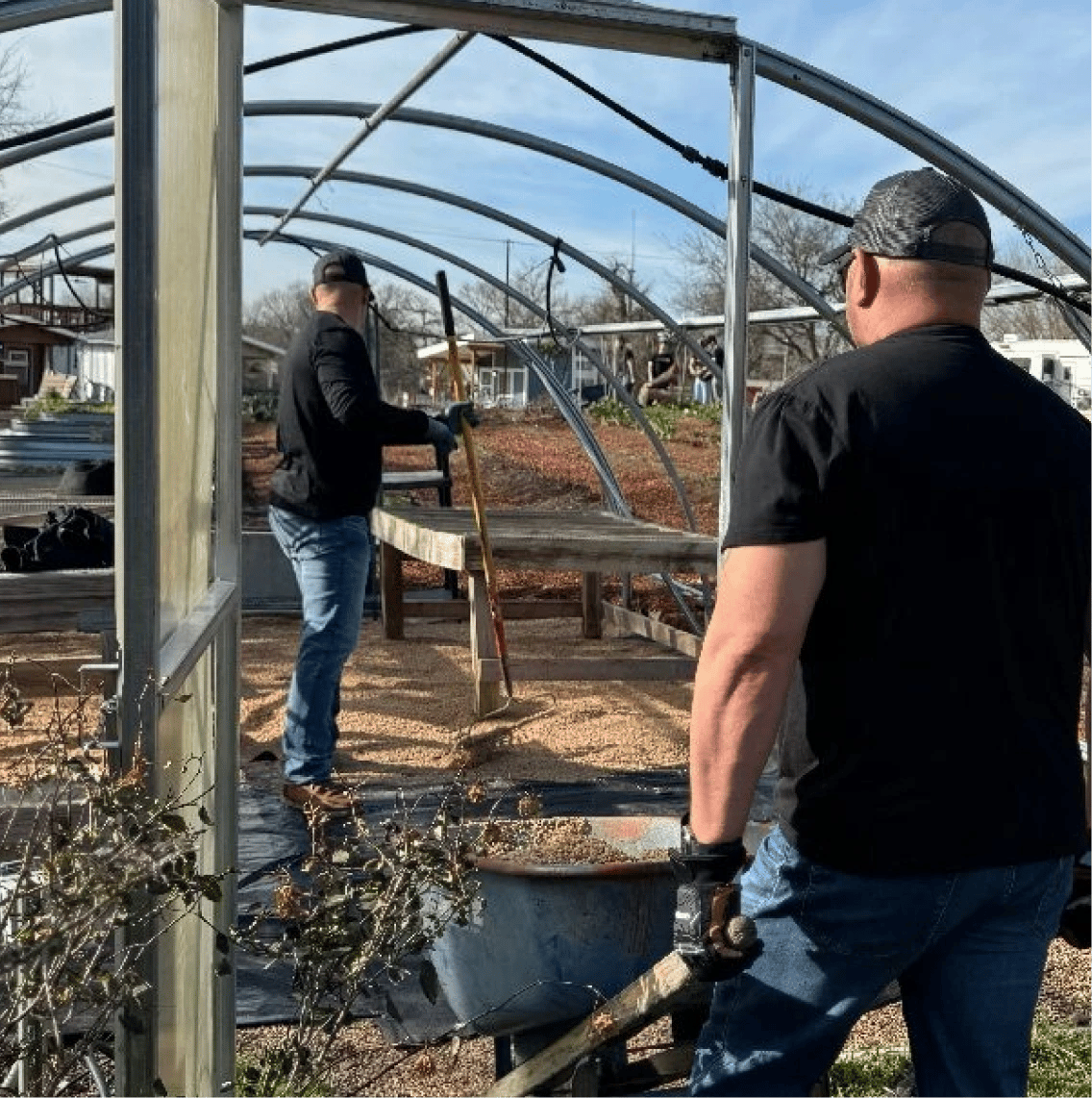
Q2 and climate change
We believe global climate change is a serious environmental, economic, and social challenge that requires a focused and serious response by the public and private sectors. We continuously evaluate and take action on opportunities for energy efficiency and greenhouse gas reductions.
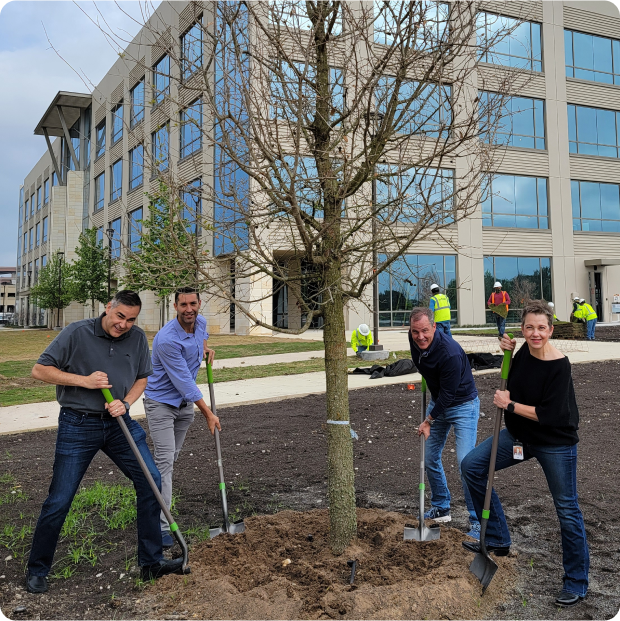
Energy, greenhouse gas, and climate impacts
Our offices in Austin and our data centers are responsible for most of our energy consumption (electricity) and the resulting greenhouse gas footprint. In 2021, our offices used approximately 1300 MWh of grid electricity, resulting in approximately 480 metric tons of CO2 e greenhouse gas emissions. We estimate that our data center operations used another ~3160 MWh of electricity, resulting in an additional ~1170 metric tons CO2 e of location-based Scope 2 GHG emissions.
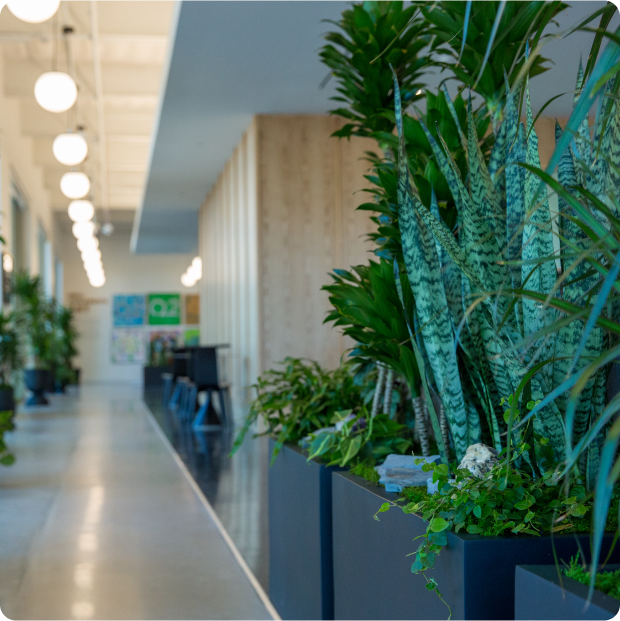
Cloud computing’s environmental benefits
Q2 Cloud computing products positively impact our environmental footprint compared to traditional hardware and software delivery models. When choosing partners, such as our data center and public cloud hosting providers, we focus on those that operate to high energy-efficiency standards. Moving forward, with our data center and public cloud partners, we plan to explore service delivery options that use a higher percentage of renewable energy where technically and economically feasible.
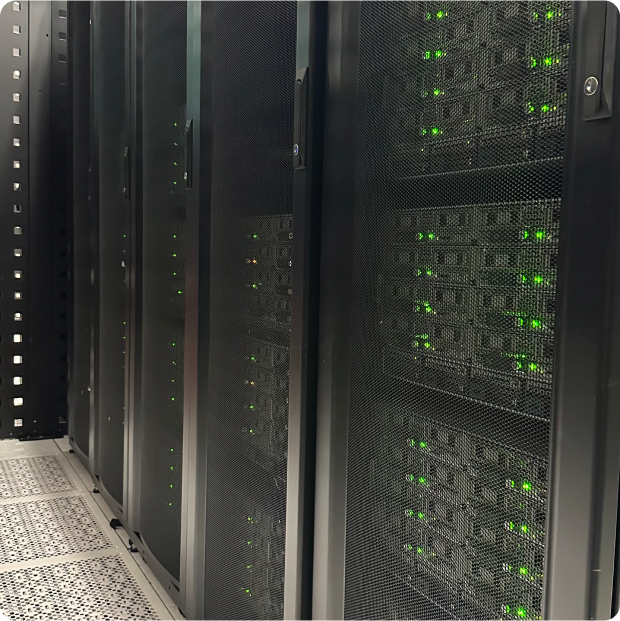
Reduced emissions
Our products are designed to enable remote banking and reduce the need for people to travel to physical customer locations like bank and credit union branches. In many cases, we help our customers reduce the need to maintain physical locations or build and run their data centers. We have estimated that the avoided emissions from fewer trips taken to bank branches may significantly offset our direct greenhouse gas emissions.

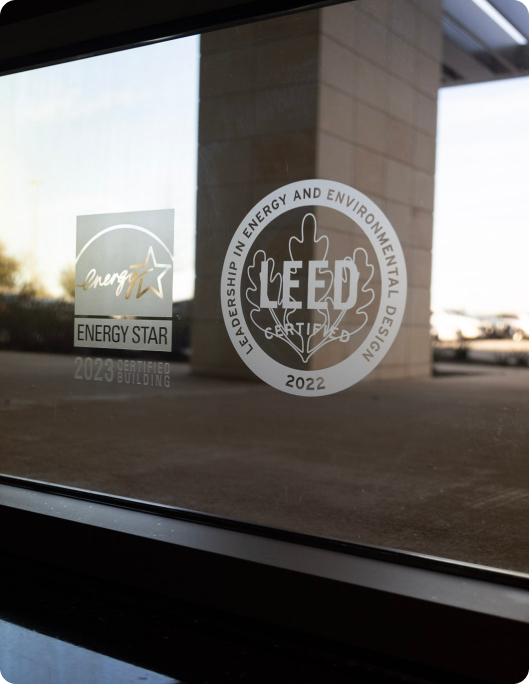
Energy-efficient offices
While many of our employees have a different relationship with the office following the COVID-19 pandemic, our commitment to energy efficiency has stayed the same. We continue to evolve our approach to reduce carbon emissions. Highlights include:
-
LEED Certification
The majority of Q2’s global office space is at our Austin headquarters. Our Aspen Lake 2 building is certified at the silver level by the LEED or Leadership in Energy and Environmental Design program. Our Aspen Lake 3 building, completed in 2021, was certified to LEED standards for core and shell development in early 2022.
-
Lighting
100% of our lighting is LED. In office interiors, we use motion sensors and run our lights below 60%, increasing the drivers' efficiency and life. We also use daylight harvesting for perimeter lights. Our exterior lights are on a photocell.
-
Traction elevators
Installed roomless traction elevators in our Aspen Lake 3 building eliminate the need for a separate room and the accompanying HVAC (heating, ventilation, and air conditioning) systems.
-
Water for office interiors
Our water heaters feature a high efficiency recirculating pump, ensuring hot water on demand. All toilets and sinks are auto-operated and low-flow.
-
Irrigation
In flower beds, we have drip lines to eliminate waste, and we use high-efficiency heads throughout the irrigation system.
-
HVAC
We use high-efficiency HVAC units. Before employees returned to the office, we installed a GPS air purification system in the Aspen Lake 2 and Aspen Lake 3 buildings. We also use a condensate recovery system that captures all the water from the HVAC system and uses it to water oak trees on our grounds – eliminating the need to irrigate them.
-
Office recycling
Our physical office locations offer both single stream and electronic recycling, including battery recycling. In 2021, we recycled more than 1,000kg of office materials from our Aspen Lake 2 building.
-
Reducing waste
We are taking steps to reduce waste by eliminating single-use plastics. We reduce our waste generation by offering reusable utensils and soda fountains. In early 2022, we also launched a composting program in Austin, further reducing our waste streams there.
Team member travel and commuting
Our Coordinated Flexibility program means that we continue to reduce employee commuting and travel, along with the associated emissions.
Electric car charging stations
When employees commute to our Austin headquarters, they can take advantage of car charging stations installed in 2022.
Enhanced audio-visual capabilities
To improve the hybrid work experience, we upgraded the audio-visual technology in conference rooms. Our goal is for all employees to feel welcome and equally represented in meetings, whether they join in person or virtually.
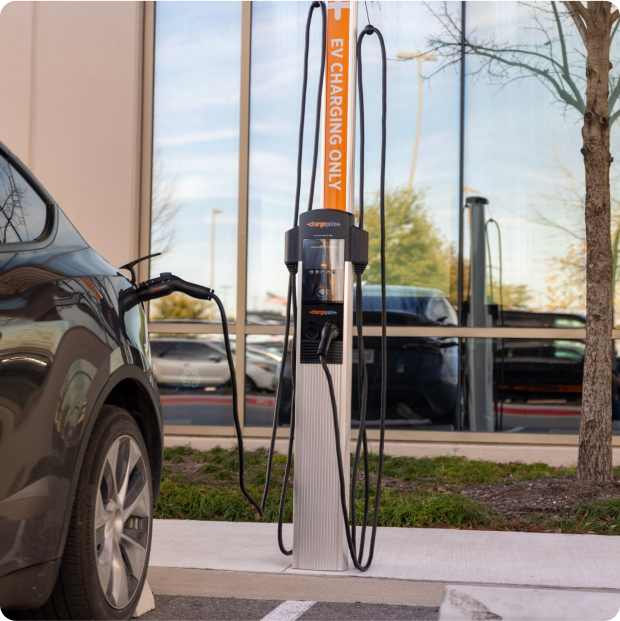
Electronics recycling and employee support
We also ensure that the electronic equipment we no longer need from our offices and data centers is properly disposed of and handled by reputable recyclers. This includes laptops, servers, mobile devices, and other equipment that has reached the end of its useful lifecycle. In 2021, the net result of our electronics recycling efforts was more than 10,000 kg of avoided GHG emissions. In addition, hundreds of kilograms of hazardous materials, such as lead and arsenic, did not end up in landfills.
Our employees are dedicated to their communities, and that commitment comes to life in their environmental protection efforts. We have created a variety of campaigns to support their efforts, including our battery and mobile phone recycling program and Q2’s green focus group, where our team develops new ideas for how Q2 can further increase our positive impact.
.png?width=620&height=621&name=Rectangle%203465704%20(1).png)